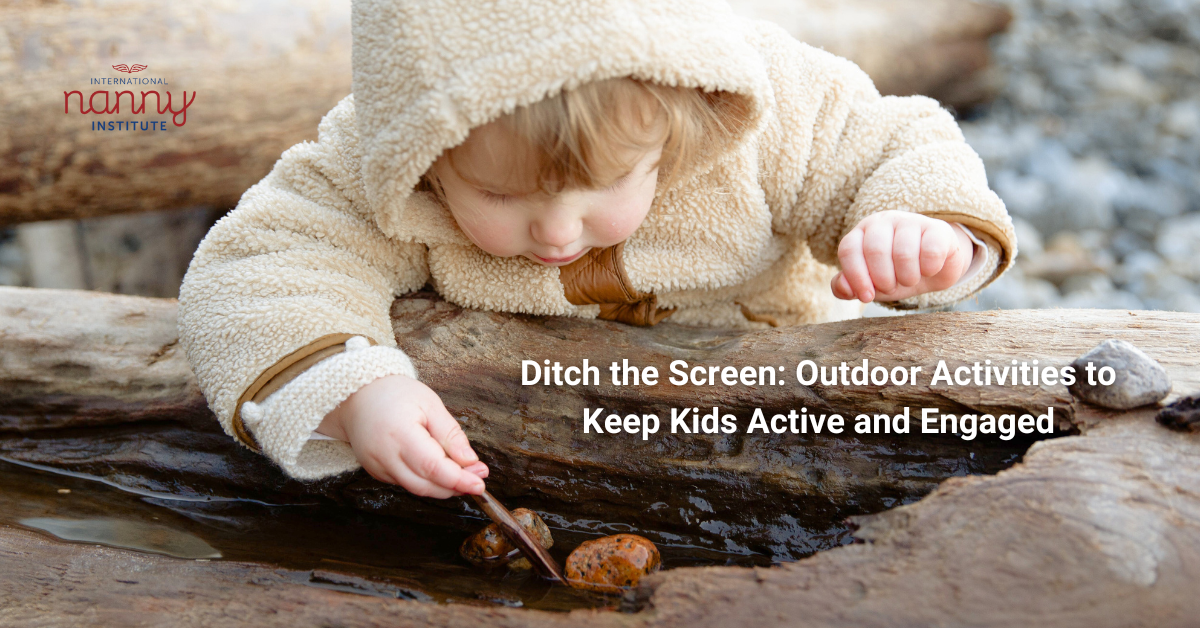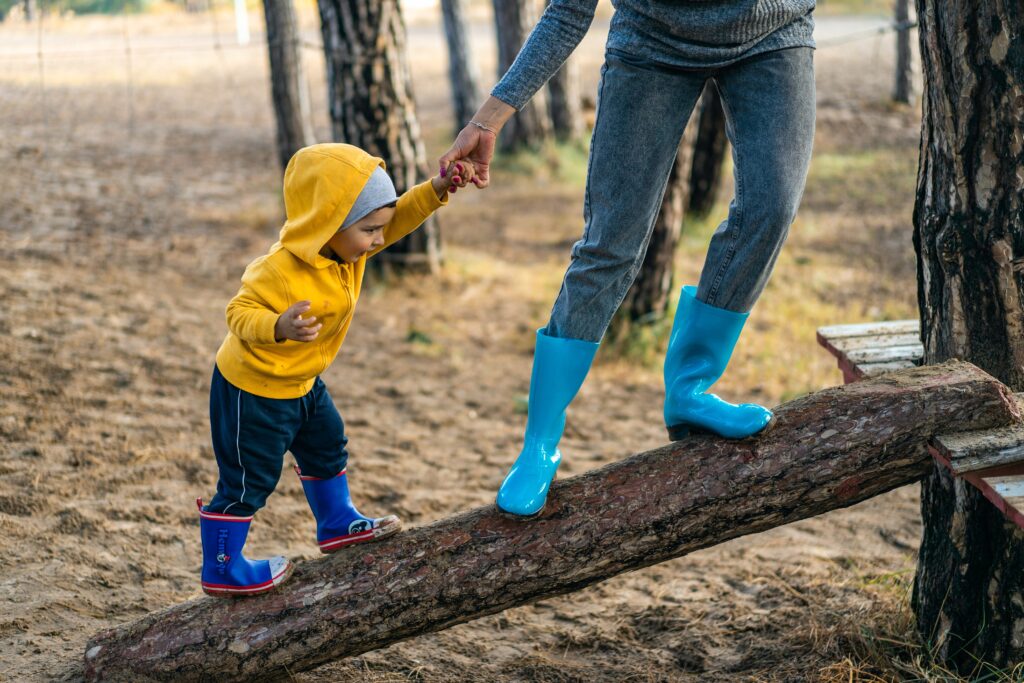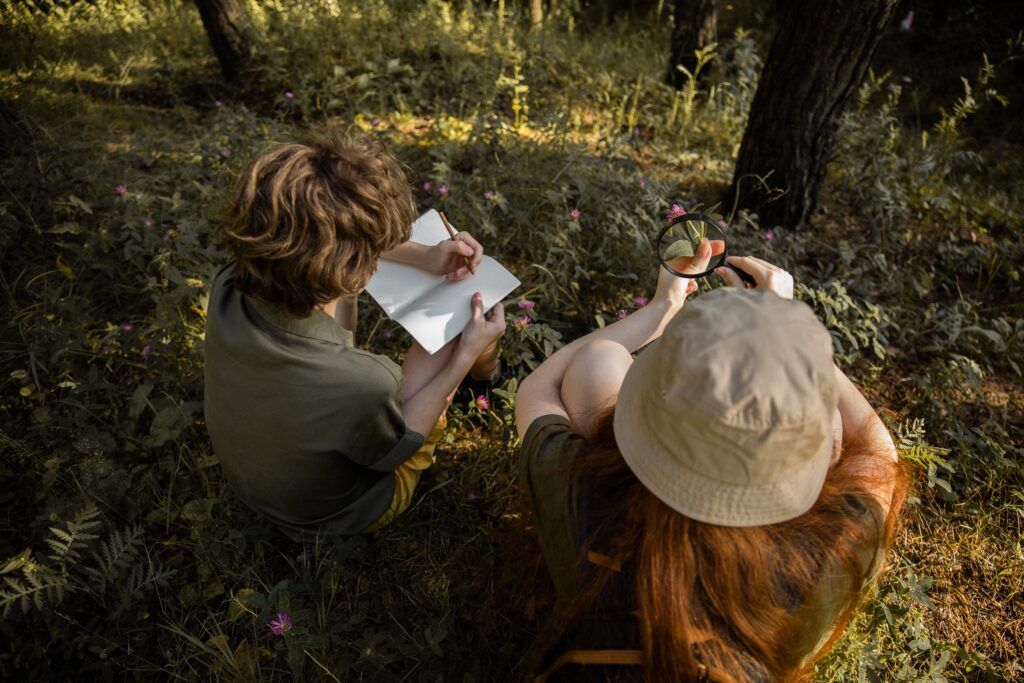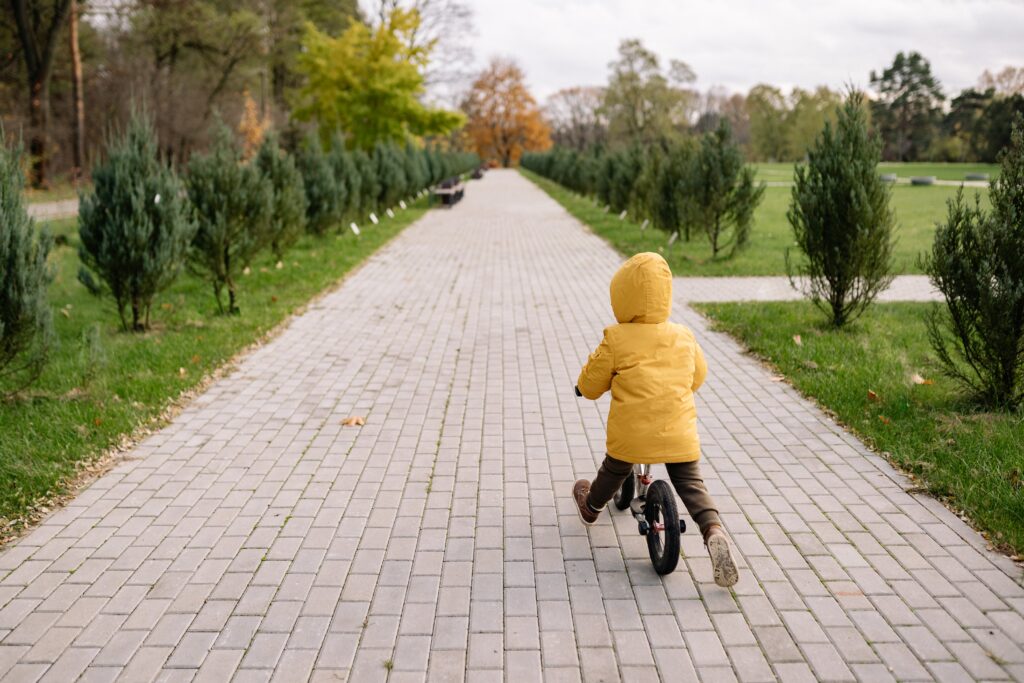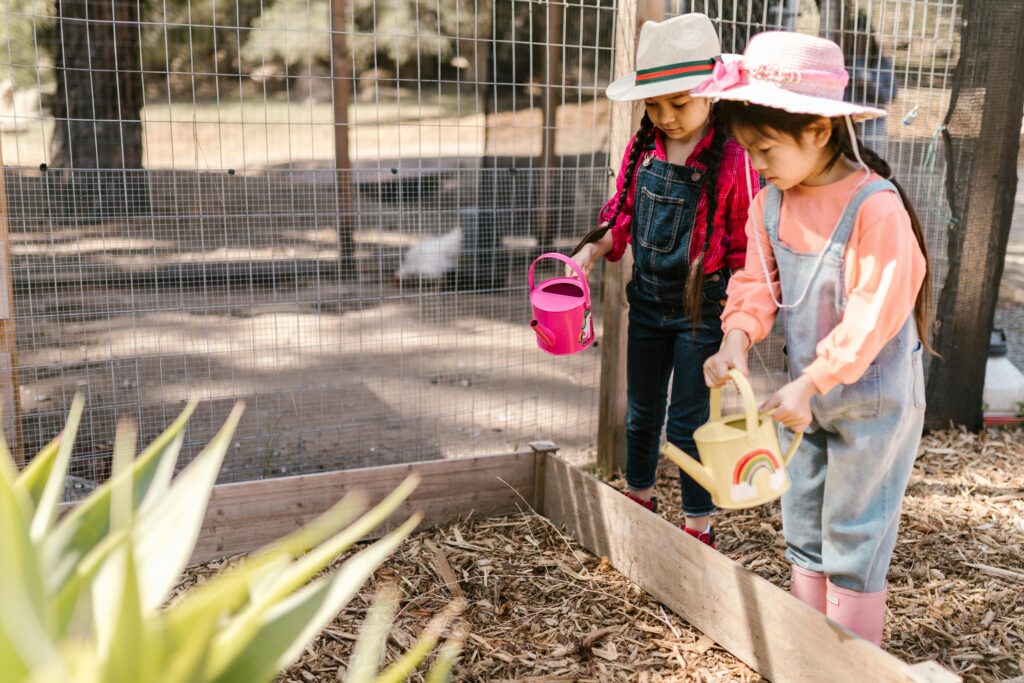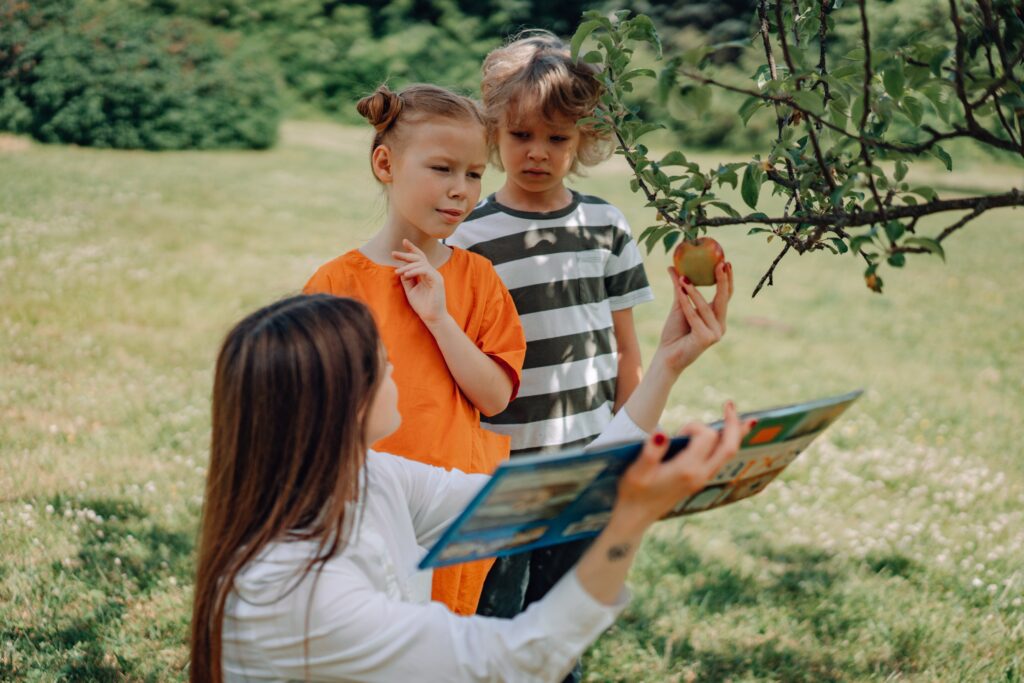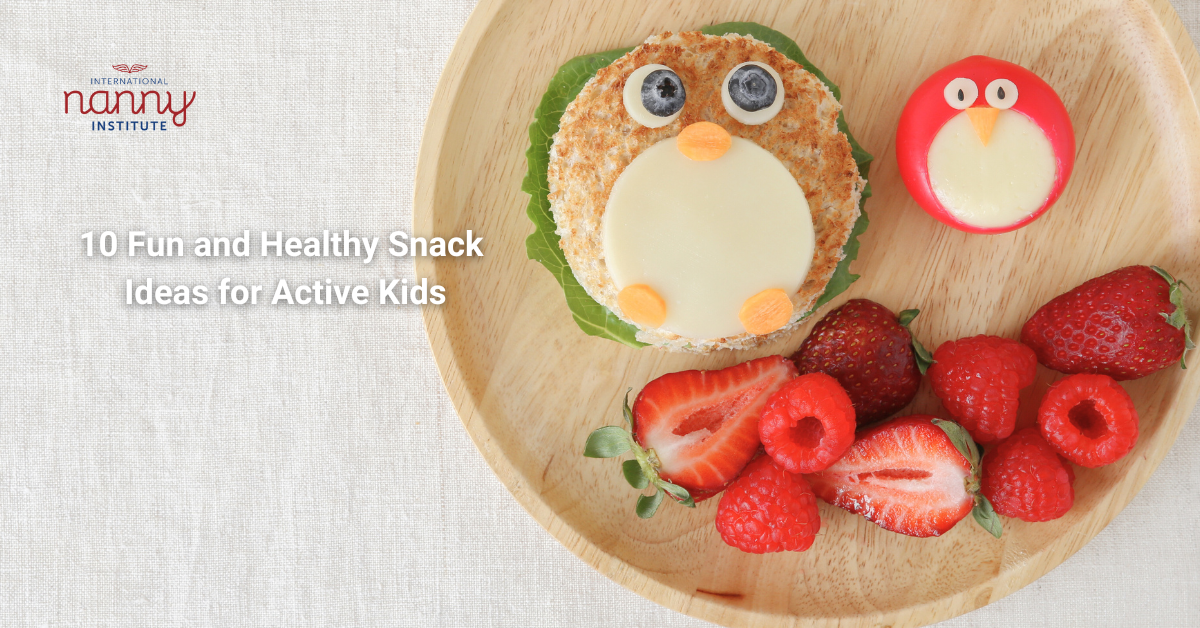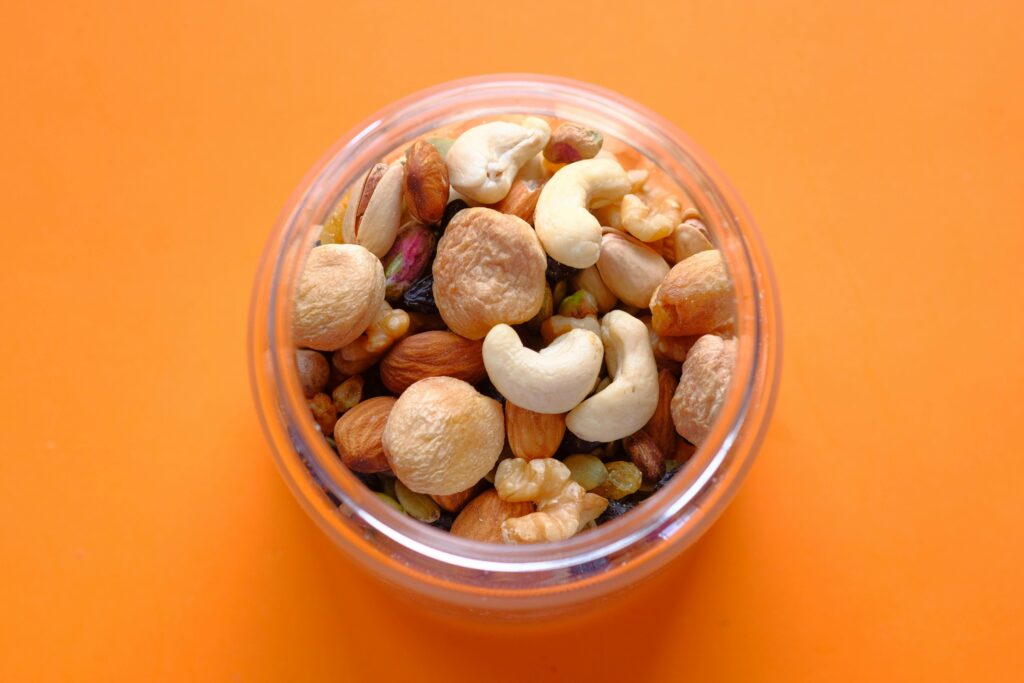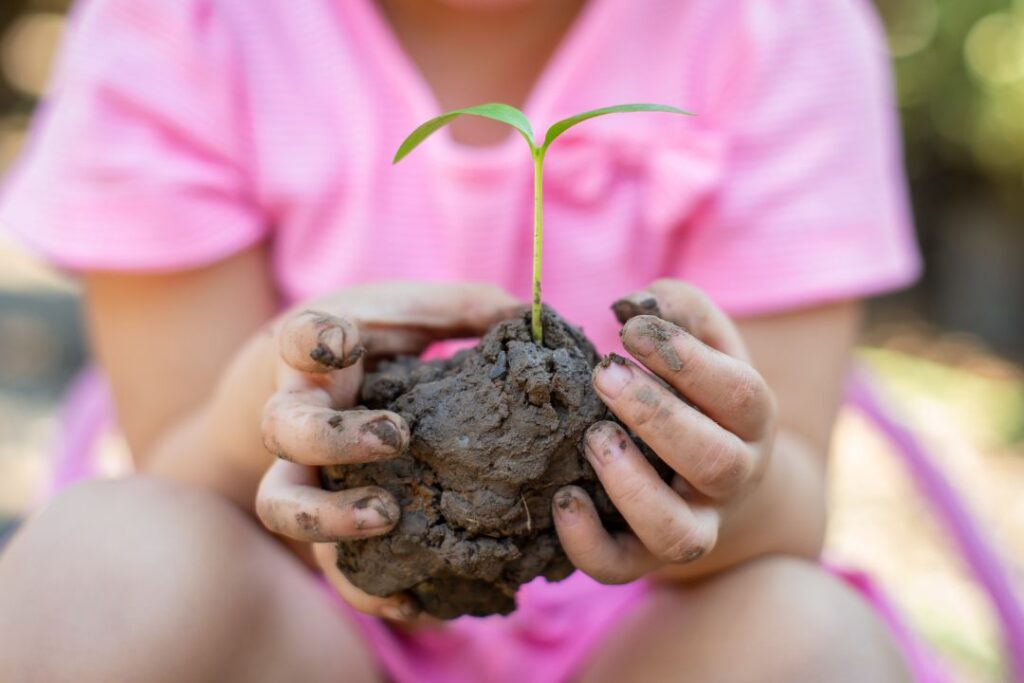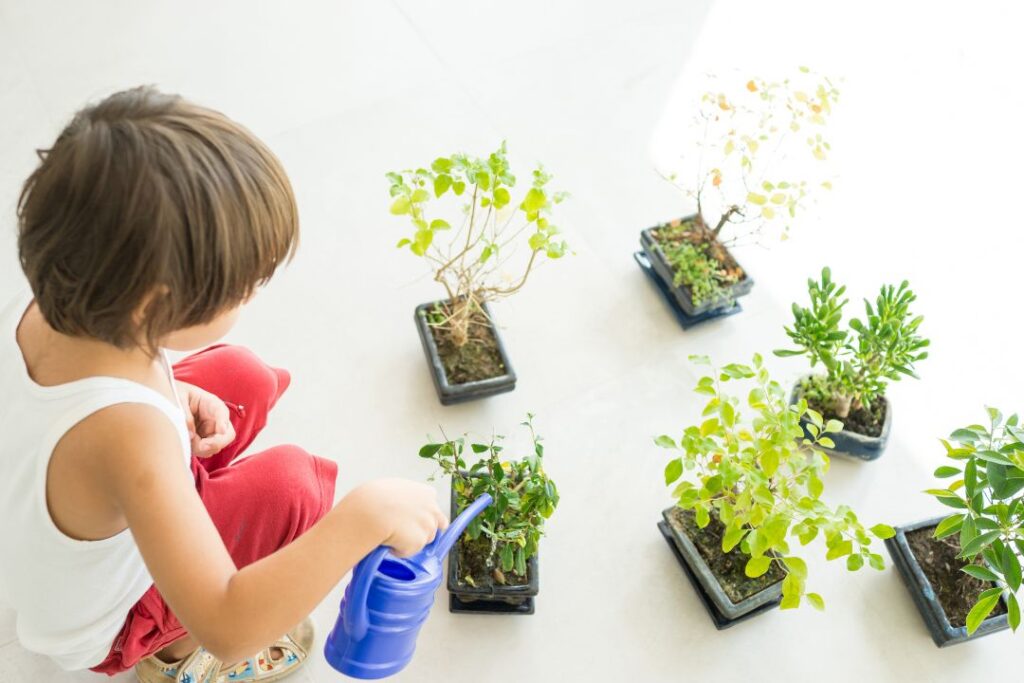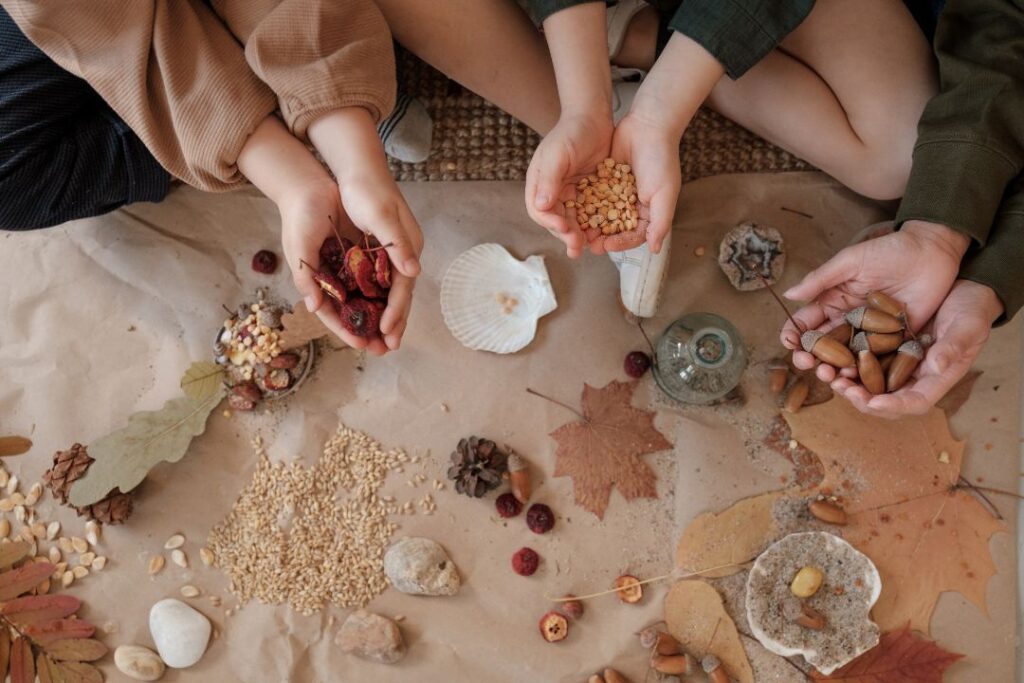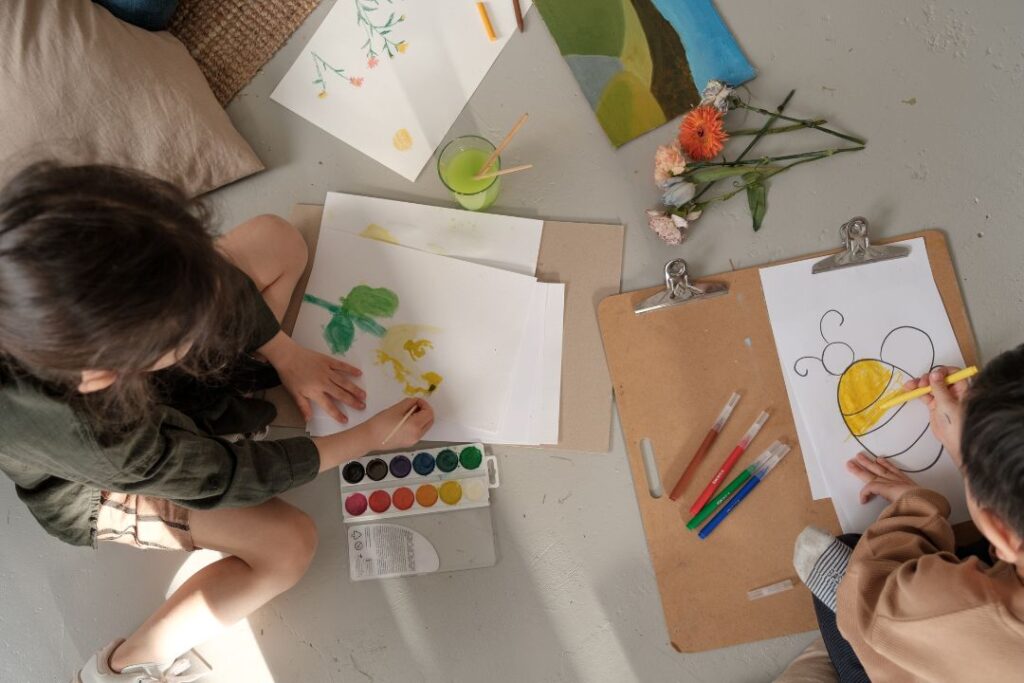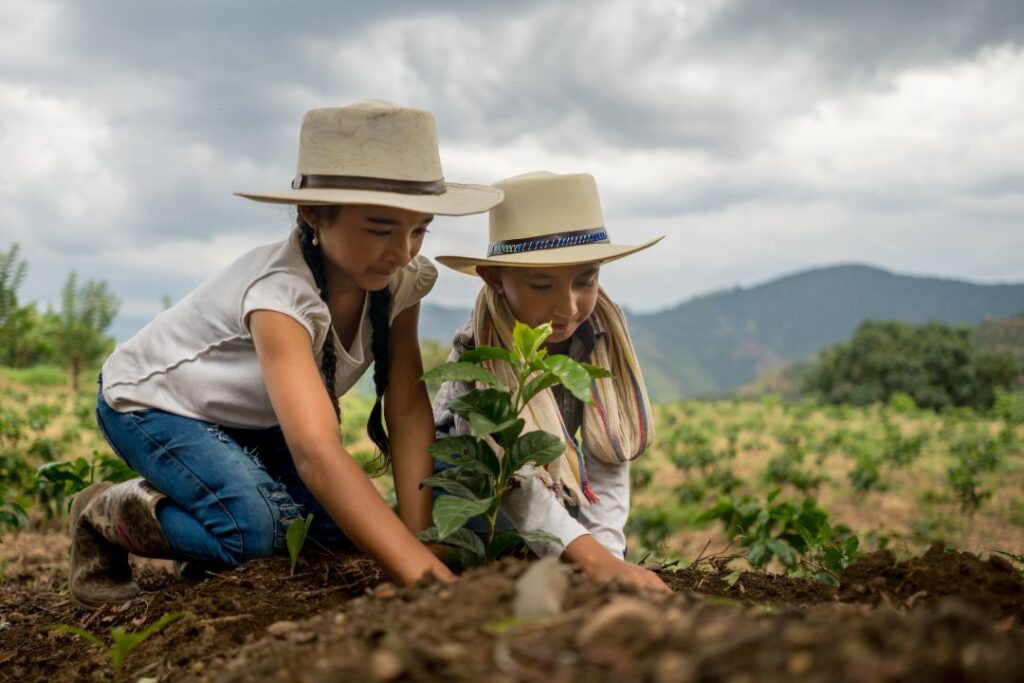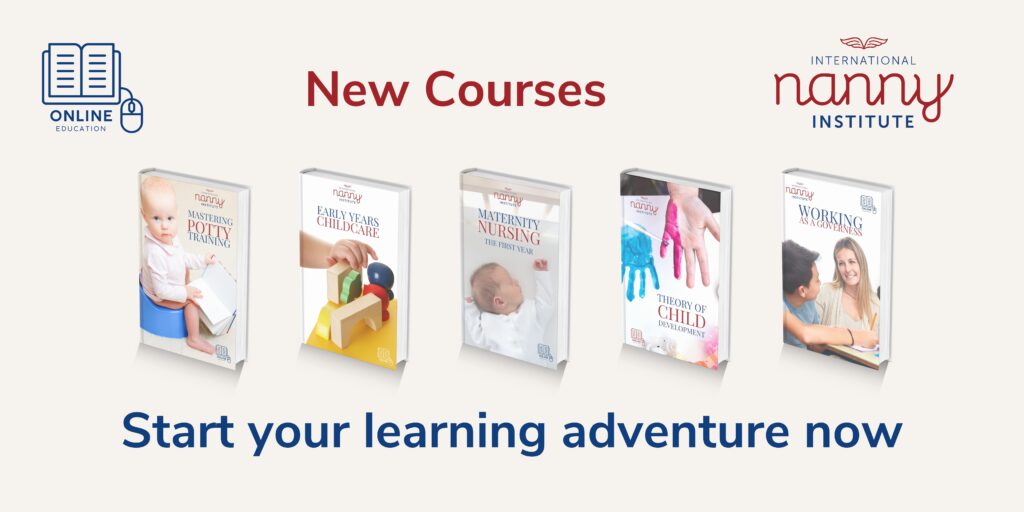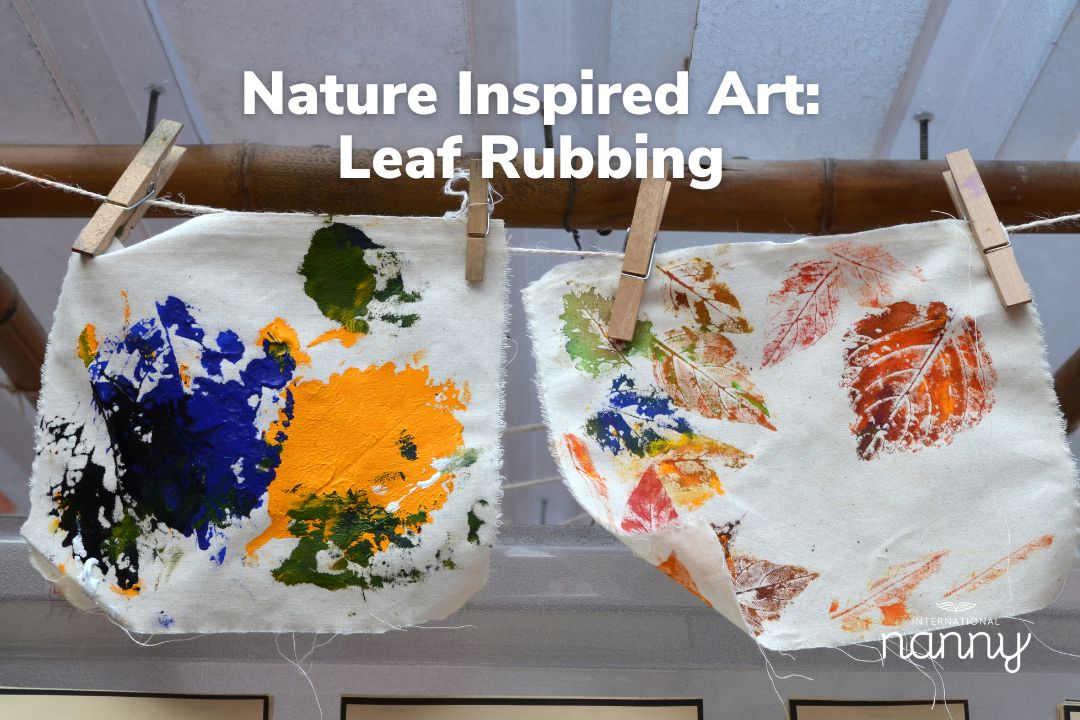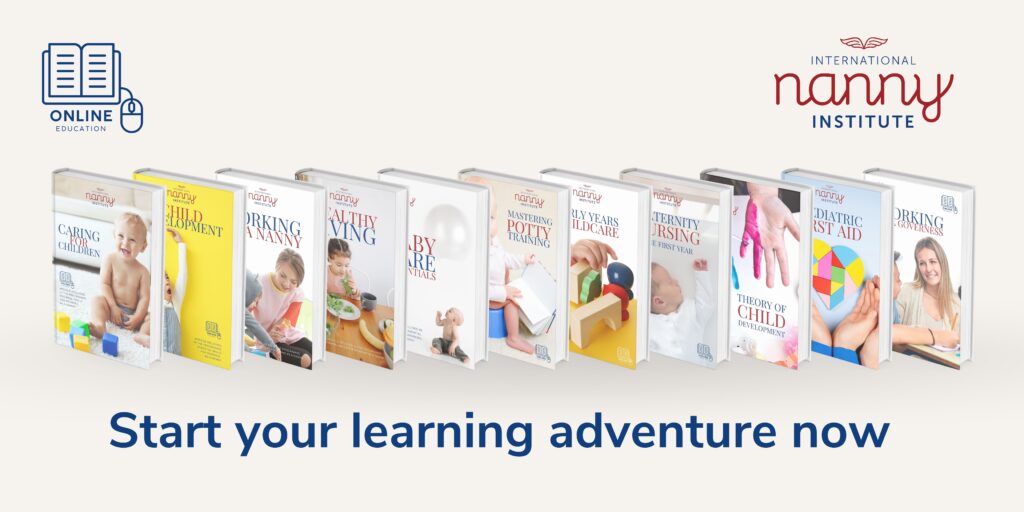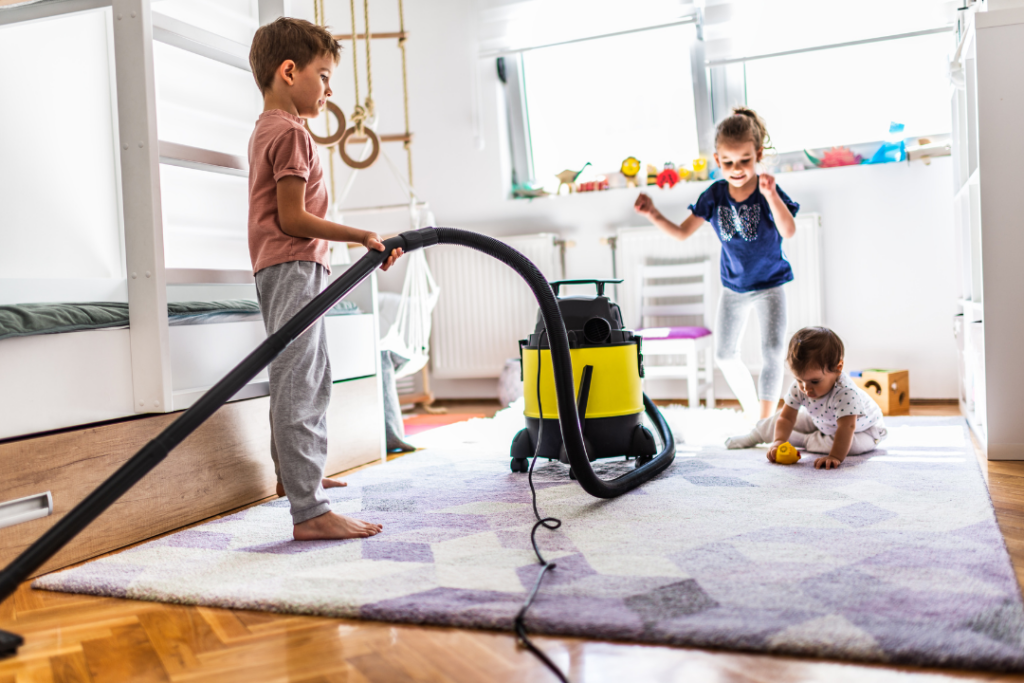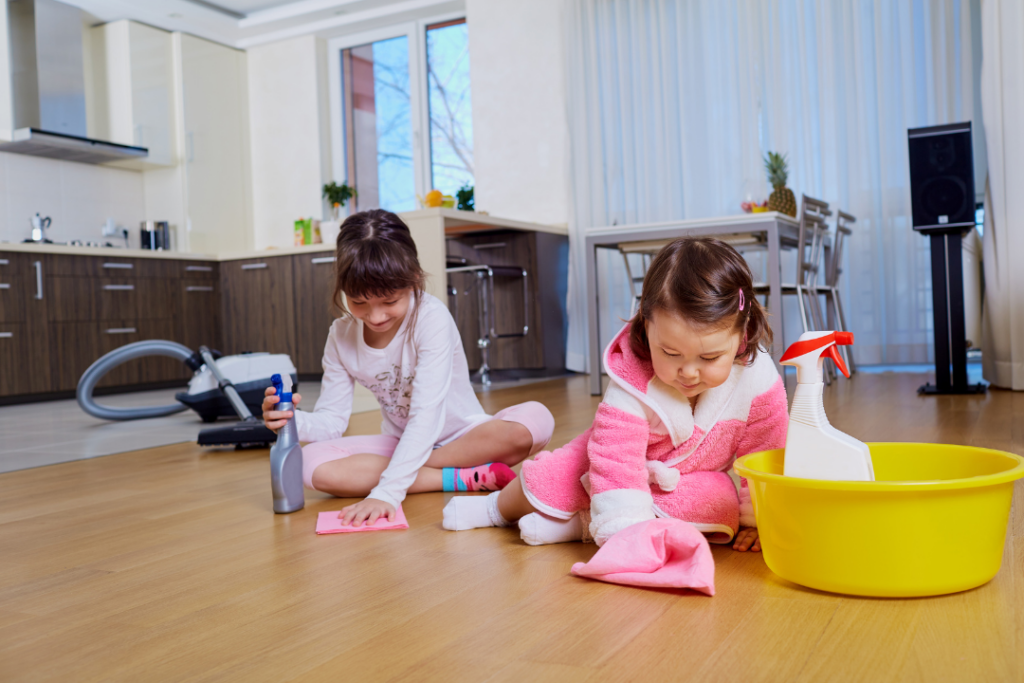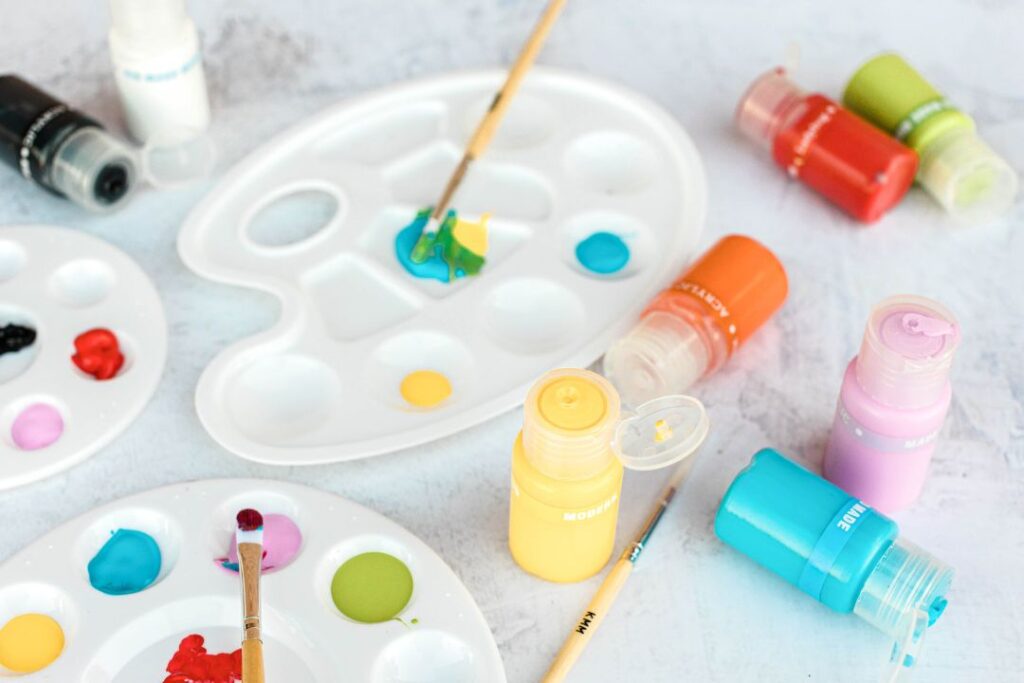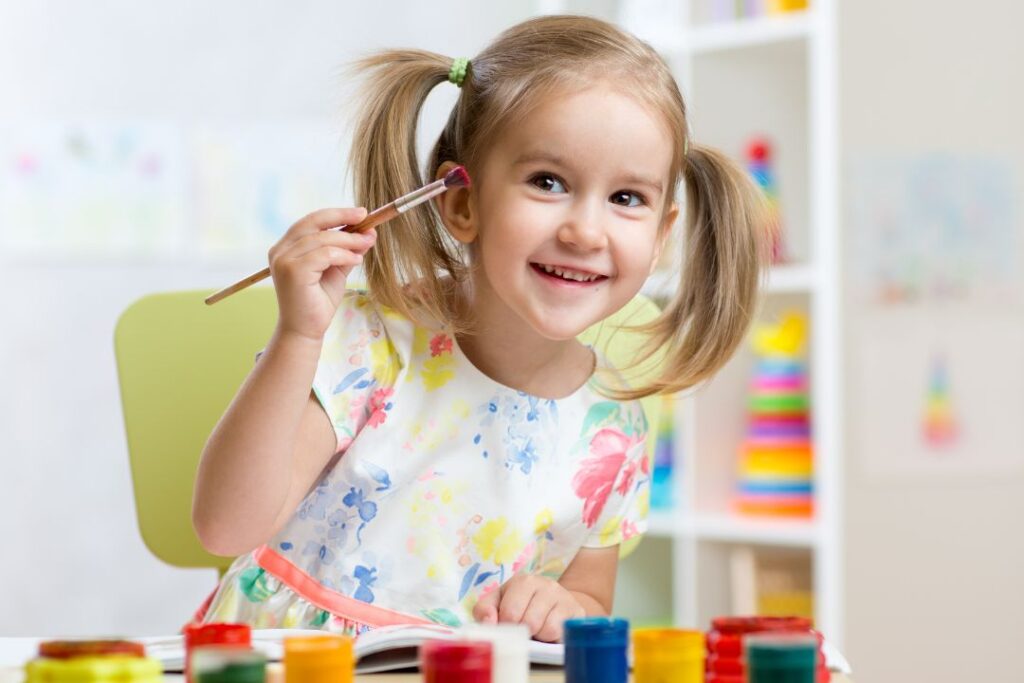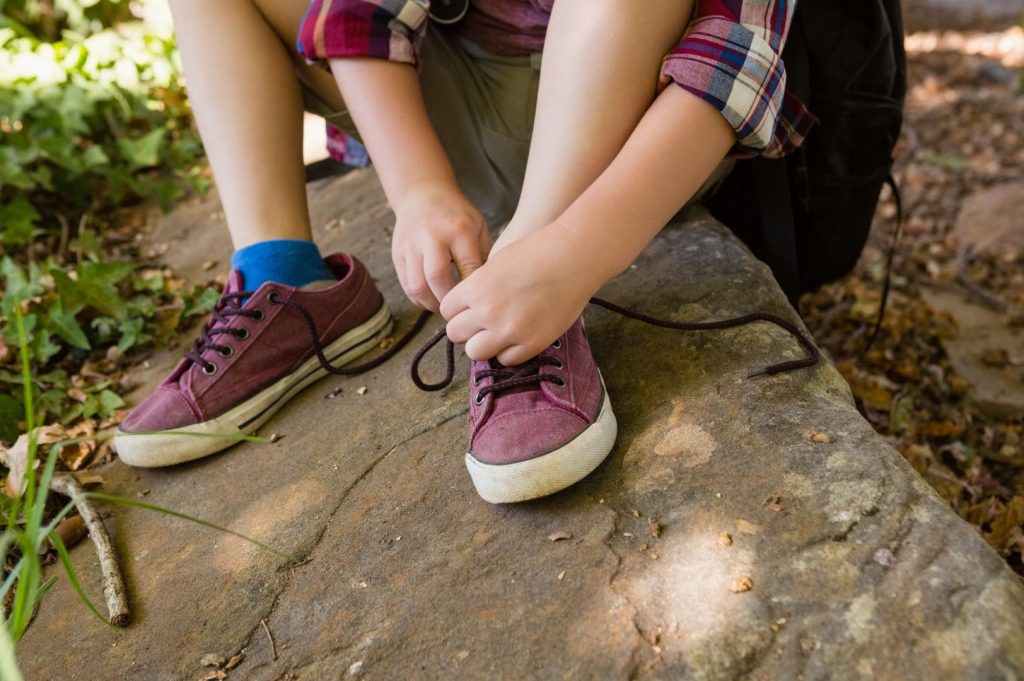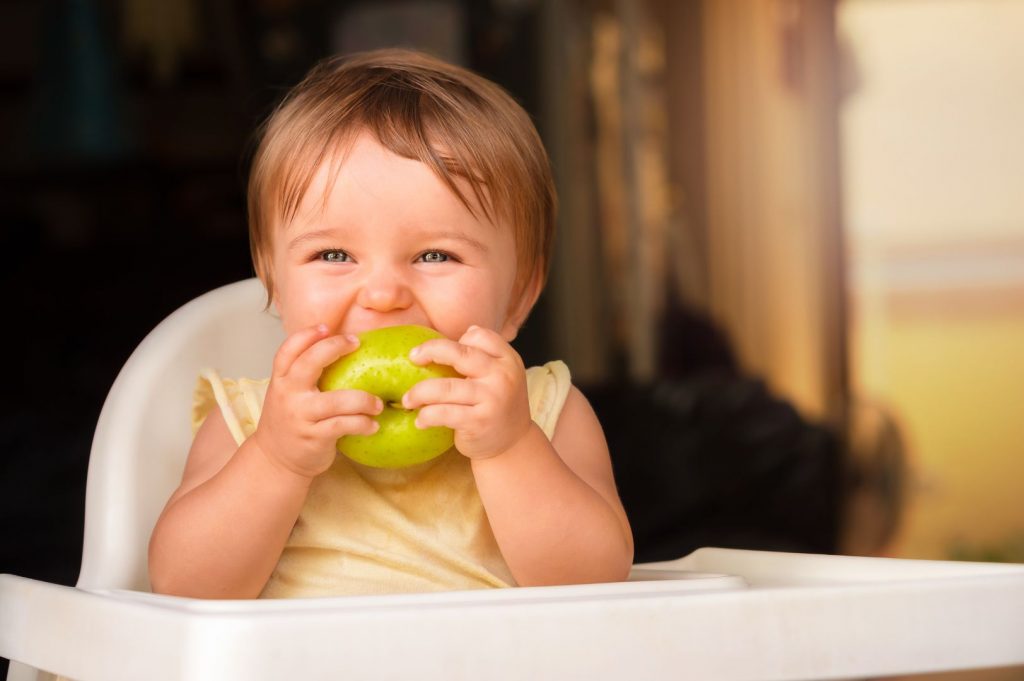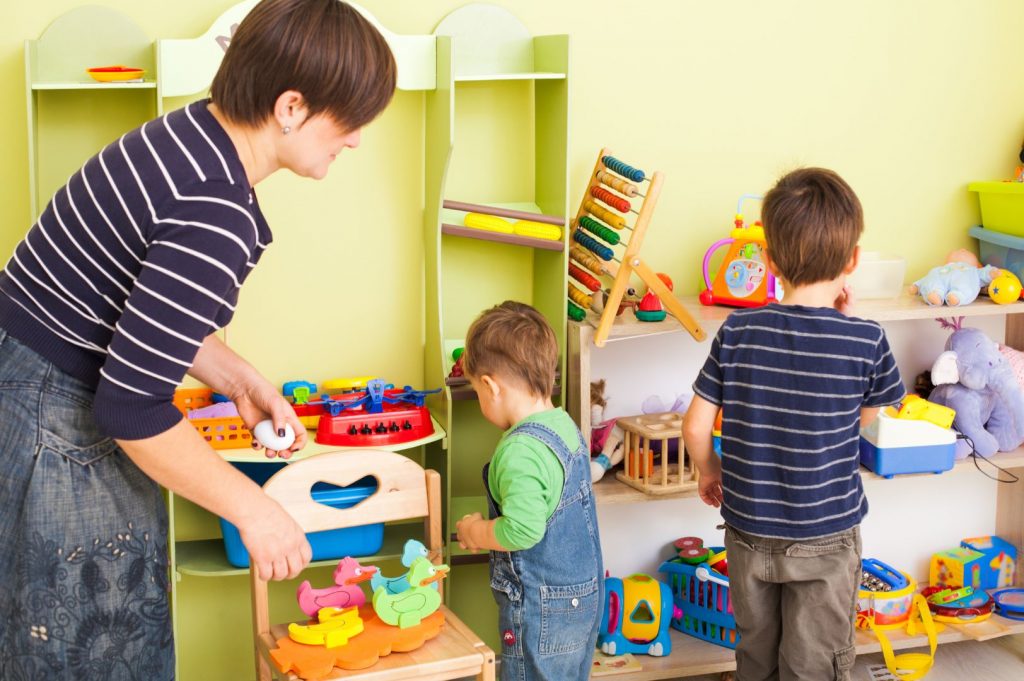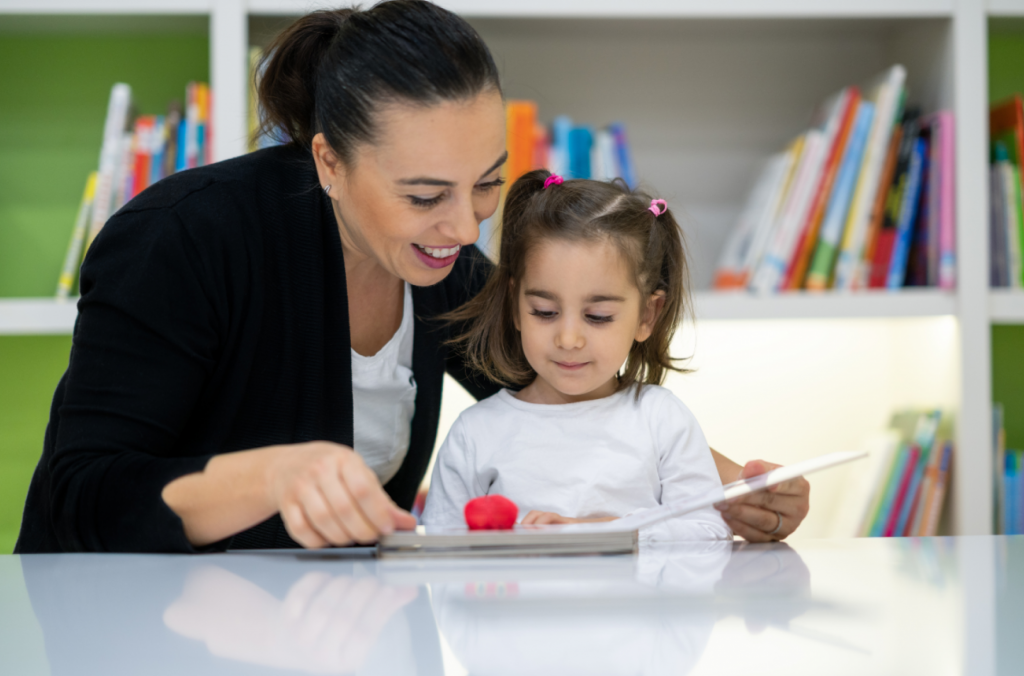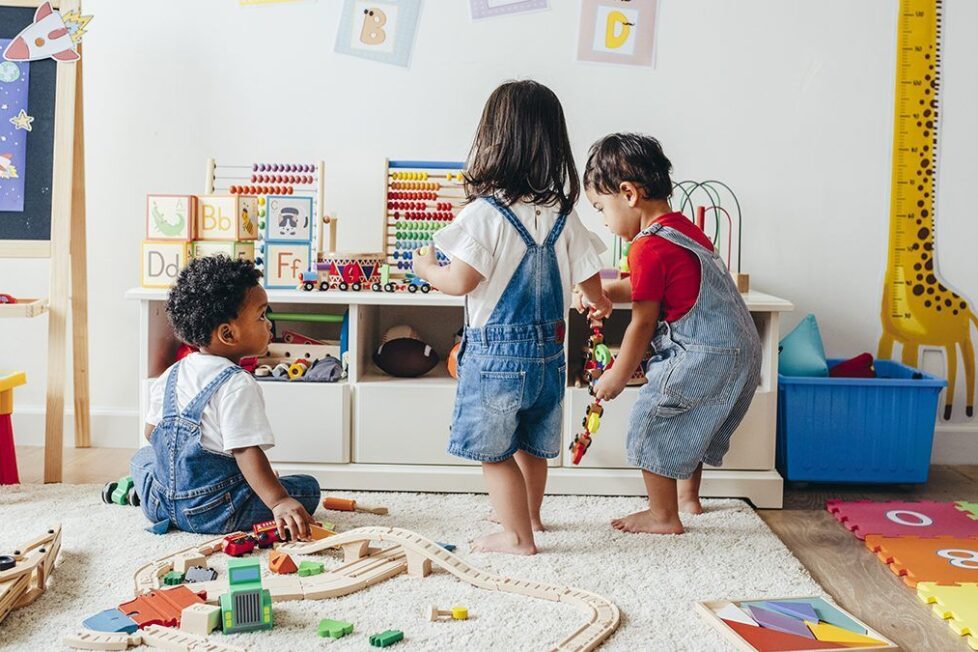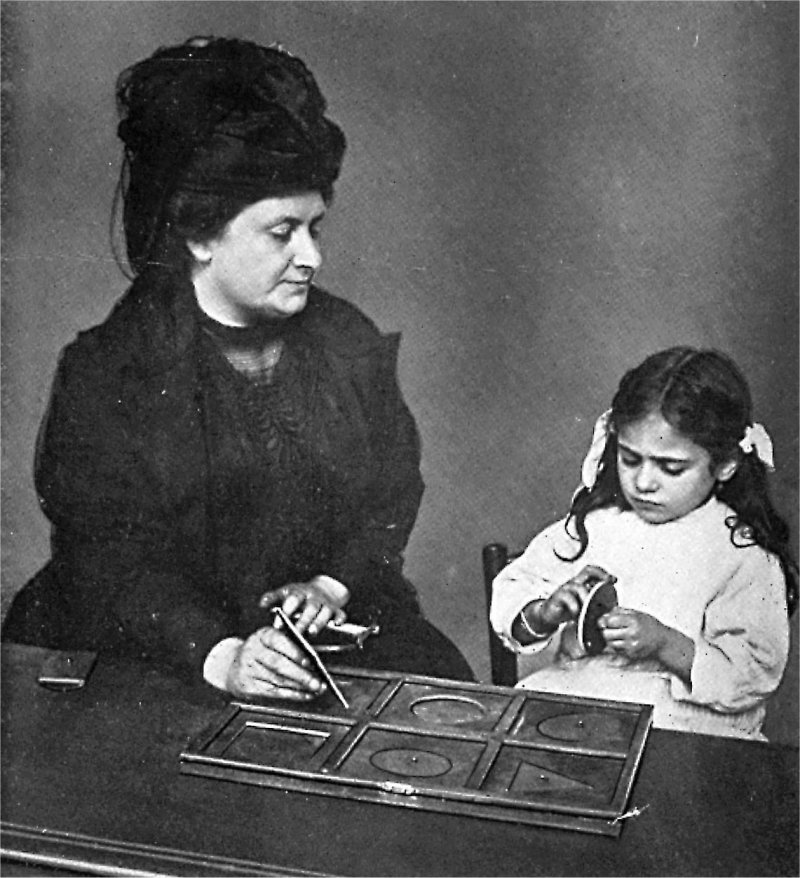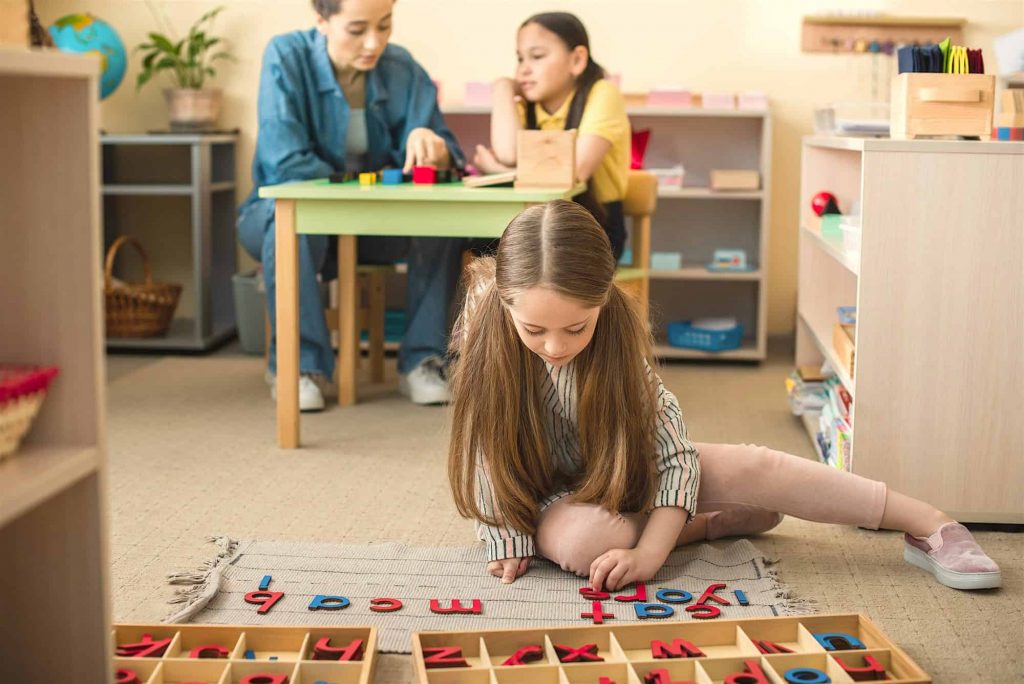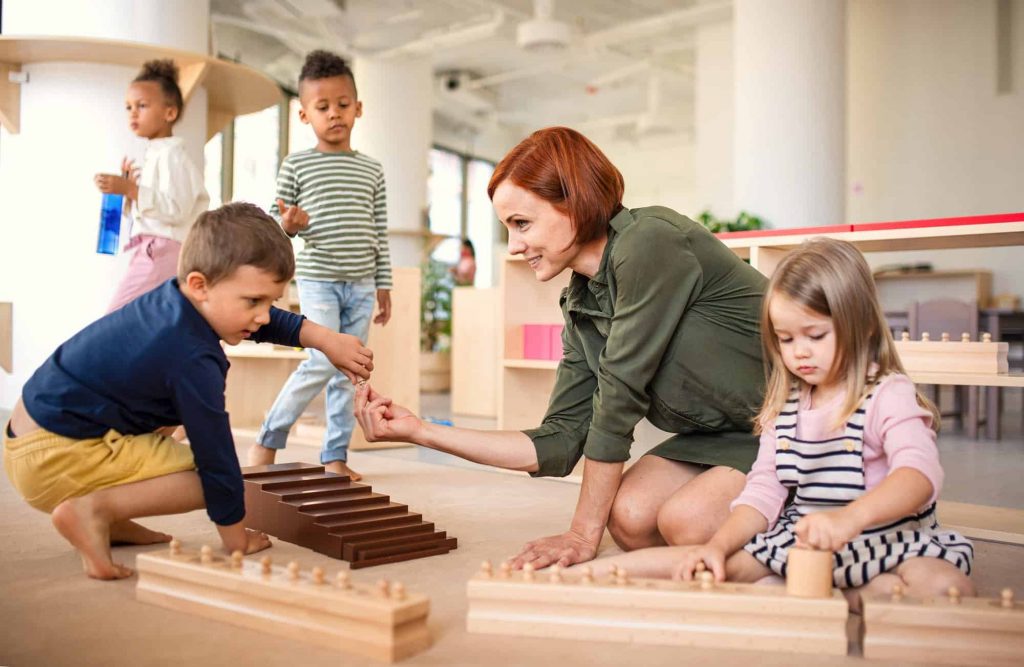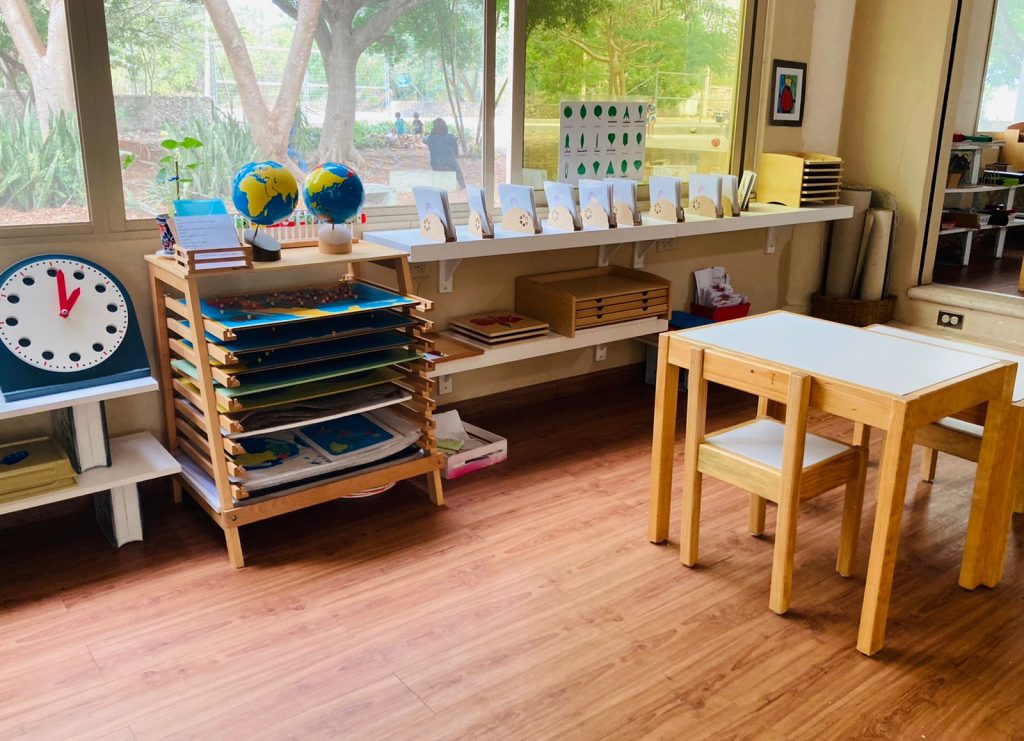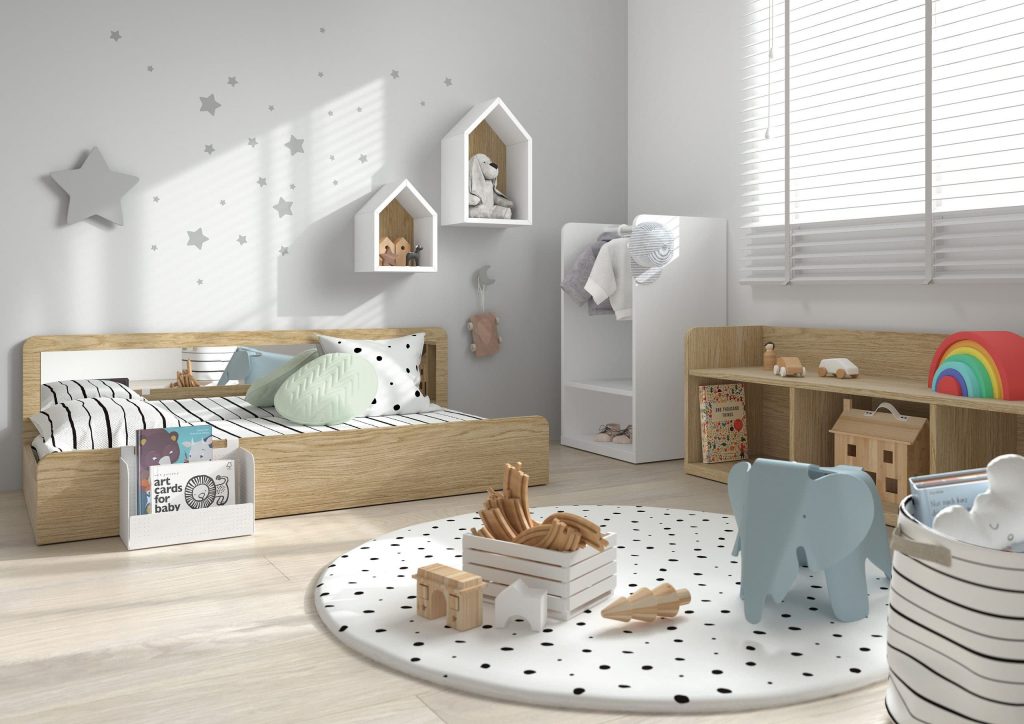The role of a professional nanny extends far beyond providing basic care for children. You have the opportunity to form deep and meaningful bonds with the children in your care, becoming a trusted caregiver, mentor, and friend. Building strong relationships with children is an art that requires patience, empathy, and understanding. In this blog, we will explore strategies and insights on how to develop strong bonds with children as a professional nanny, ensuring a nurturing and supportive environment.

Establishing Trust
Trust is the foundation of any meaningful relationship. Take the time to build trust with the children by being reliable, consistent, and responsive to their needs. Show genuine interest in their thoughts, feelings, and experiences. Maintain open and honest communication, and ensure that your actions align with your words. When children feel secure and trust your care, they are more likely to form a strong bond with you.
Active Listening and Empathy
Being an active listener and empathetic caregiver is crucial for developing strong bonds. Pay attention to the children’s verbal and non-verbal cues, and show genuine interest in their stories and emotions. Validate their feelings and provide a safe space for them to express themselves. By demonstrating empathy, you create a nurturing environment that fosters emotional connection and understanding.

Engage in Play and Shared Activities
Play is a universal language that transcends age and bridges connections. Engage in play with the children, participating in their games, and showing enthusiasm. Join their imaginative play, build with blocks, or explore nature together. Shared activities create opportunities for bonding, laughter, and joyful moments that deepen your connection with the children.
Individualised Attention and Affection
Each child is unique, with their own needs and preferences. Provide individualised attention by getting to know each child’s interests, strengths, and challenges. Tailor your interactions and activities to their specific personalities and developmental stages. Show affection through gentle physical touch, kind words, and gestures of care. By recognizing and honouring the uniqueness of each child, you foster a sense of belonging and strengthen your bond.

Respect and Collaboration
Respect is a fundamental aspect of any healthy relationship. Treat the children with respect by valuing their opinions, involving them in decision-making when appropriate, and acknowledging their autonomy. Foster a collaborative environment where their voices are heard and their ideas are considered. When children feel respected and included, they develop a sense of ownership and connection.
Consistency and Predictability
Children thrive in an environment that provides consistency and predictability. Establish a routine that offers structure and familiarity. Stick to agreed-upon schedules and expectations, ensuring a sense of security. Consistency in your caregiving approach helps children feel safe and builds trust over time.

Emotional Availability and Support
As a professional nanny, it’s important to be emotionally available and supportive. Be attuned to the children’s emotional needs, offering comfort, reassurance, and guidance when they face challenges or experience strong emotions. Show patience and understanding, and be a reliable source of support during both happy and difficult times. Your emotional availability fosters a deep sense of connection and helps children develop emotional resilience.
Open Communication with Parents
Collaboration with parents is essential for nurturing strong bonds with children. Maintain open and regular communication with parents, sharing updates on the children’s progress, milestones, and any concerns or achievements. Seek their input and insights, as they hold valuable knowledge about their child’s individual needs and preferences. By working together as a team, you create a unified approach to caregiving that enhances the child’s overall well-being.

Developing strong bonds with children is an art that requires patience, empathy, and understanding. By establishing trust, practising active listening and empathy, engaging in play and shared activities, providing individualised attention and affection, promoting respect and collaboration, maintaining consistency and predictability, offering emotional availability and support, and fostering open communication with parents, you can create a nurturing and supportive environment as a professional nanny. Remember, the bonds you form with children have a lasting impact on their development and well-being. Embrace the art of nurturing and watch as your relationships with the children flourish and grow.
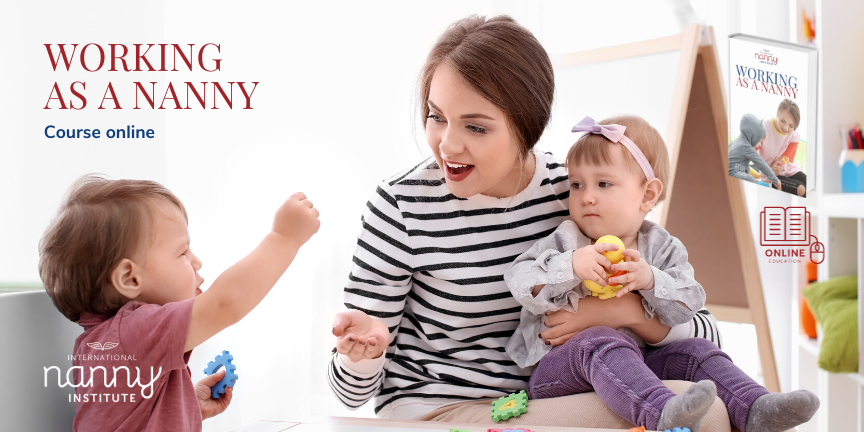
Unlock the secrets to building deep and meaningful bonds with the children in your care by enrolling Working as a Nanny. This course is designed to provide you with the strategies and insights necessary to develop strong connections with children, fostering a nurturing and supportive environment. You’ll learn how to establish trust, become an active listener filled with empathy, engage in play and shared activities, provide individualised attention and affection, promote respect and collaboration, maintain consistency and predictability, offer emotional availability and support, and foster open communication with parents. By mastering the art of nurturing, you’ll create lasting relationships that positively impact children’s development and well-being. Enrol in our course today and unlock the potential to become a trusted caregiver, mentor, and friend in the lives of the children you care for. Join us on this transformative journey and watch as your bond with children flourishes and grows, enriching both their lives and your own.


